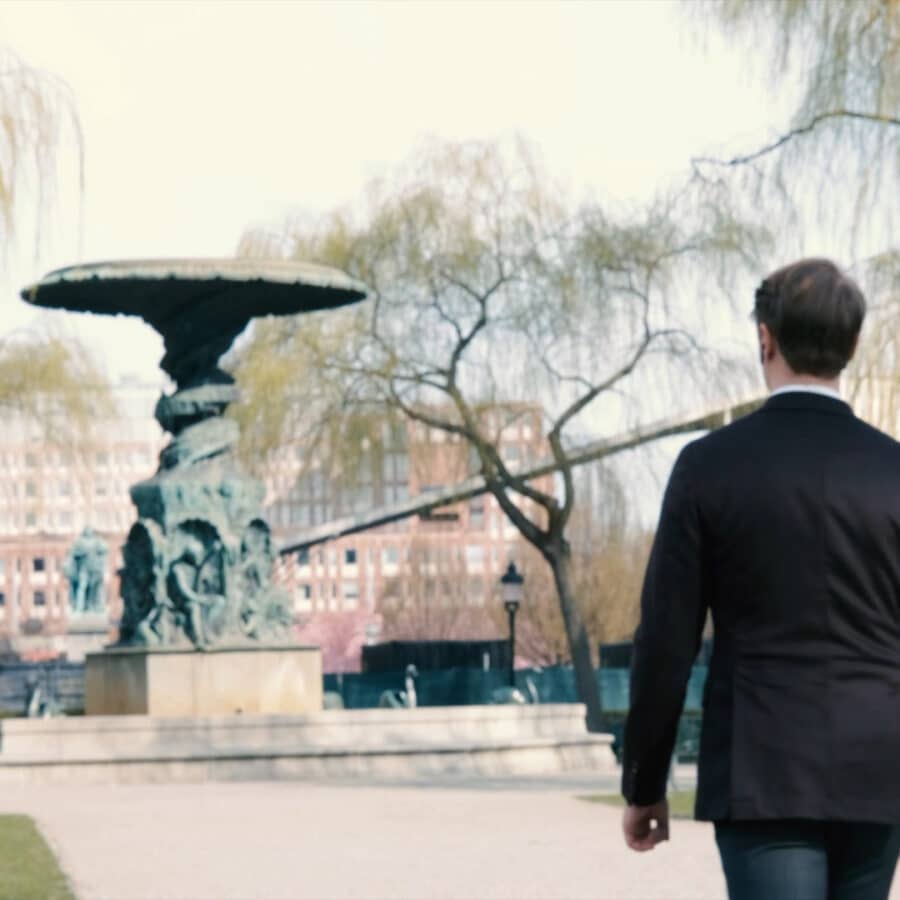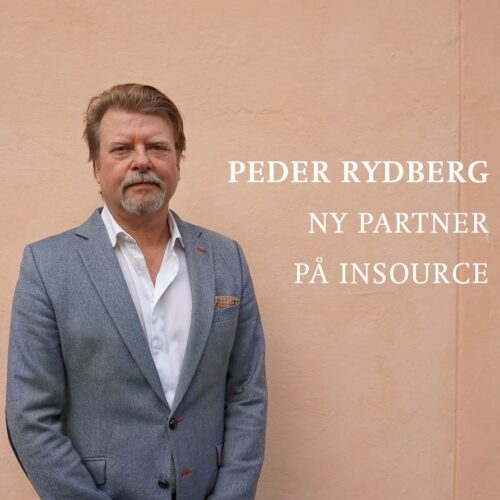
CREATIVITY vs HOFFICE
In the fight for the heavyweight title, we have two well-known contestants. In the red corner, we have Creativity – the bouncy, entertaining, and playful contestant. In the blue corner, we have Hoffice (Home office) – a consequence from Covid, that have taken the spotlight since last year with its way of isolating others and humdrum attitude. Creativity tries to get through the first rounds with difficulty and gets hardly injured. However, this does not stop Creativity from standing up and trying to outsmart Hoffice. This fight is still going on and for the world, it looks like Hoffice has the lead, but Creativity has some smart ideas to turn this around, ”It ain’t over ’til it’s over”.
The above scenario is currently a battle most of us are facing in our everyday lives. Working remotely tends to make us more oriented towards productivity at the expense of creativity. This is a problem without borders, seen across industries and organizations, as employees have little to no inspiration to be creative. In the article How to Stay Creative When Life Feels Monotonous written by S. Peppercorn (2020) we can read that “The sameness and lack of novelty in our Covid existence can negatively impact our creativity – our ability to put ideas together in new, useful combination to solve problems”.
Before this change, the office boardroom where more interactive and easier to get into discussions compared to the digital alternatives we use today. In this article our aim is to conclude how we strengthens our creativity when working from home and assess the cost of not being creative.
Lack of inspiration
During this time, we are missing out on the sources for inspiration and new inputs that boost a creative mindset. These sources of inspiration stem from both unconscious and conscious activities. Unconsciously, we become inspired while traveling for work, standing in line for the morning coffee, or catching up with colleagues in the breakroom. Conscious inspirational activities are for example performing sports, work-related events, going to theatres, concerts, or art exhibitions, all of which boosts creativity and what we are currently deprived of.
With the privilege of working from home, there have been some unexpected downsides. The exchanges of ideas have become restricted to mostly scheduled video meetings or phone calls. Consequently, our ability for producing new ideas today juxtaposed to pre-Covid days has seen a substantial decrease. The creative mindset of today has unfortunately been secluded to our own four walls, however, we must have new inputs and it is up to you to decide the scale of the room.
In our hoffice, it is easy to carry on with relatively straightforward work tasks Peppercorn (2020) means that creativity is often enhanced when we are exposed to new situations. It is harder to be creative and starting new tasks or improving processes that are necessary while working from home.
Perspective
D. Menabney (2020) writes about how to broaden our perspective when it comes to creativity while working in our hoffice. With the use of new technology and working environments, we have the opportunity and ability to achieve a better team diversity and adhere to varying work styles. Productivity is a natural effect of working from home. He further describes the importance of creativity-boost in remote or hybrid teams. Through shifting the focus on productivity towards boosting creativity it has been shown to produce more successful results.
Even before the pandemic we had to think of ways to boost our creativity and the time management coach E.G Saunders gives useful advice in her article for HBR (2018). She points out the importance of taking some time off the laptop and finding yourself a “happy place”. She suggests taking a short walk or reading a chapter of a good book on your balcony. The activity is not of utmost importance, however, clearing your mind is.
A common thought when thinking of a creative working environment is Silicon Valley, California, where the largest tech companies like Google, Apple, and Facebook have their base. These companies have the same battle against the hoffice and need to adjust their working habits. Even the sketches on glass walls together with a couple of colleagues, getting fast and engaging feedback is harder to accomplish through a screen. On the other hand, tech companies can now hire talented people in the world regardless of geography. This leads to new innovative ideas and minimizes the risk for group thinking. According to A. Markman (2020) working remotely gives us an advantage when building teams. He exemplifies the following: “identify the roles and expertise you want, and then find people who fit that description. Ask your colleagues for recommendations of people you might not know who have relevant expertise. This will help you ensure that the group you bring together is more diverse, bringing a range of different backgrounds and perspectives to the problem-solving task”. The companies will need to focus on how they recruit if they want to erase group thinking and generate more creative ideas.
Solutions
What can you do as an individual to stimulate a creative mindset? What can we do to increase creativity in our workgroups? When we are at home, trying to work with all our tasks at once, we struggle to get our minds together. Multi-tasking can become too “multi” and it is easy to lose track of the creative approach needed to solve the problem.
Examples of effective ways to increase creativity together while working remotely are:
Identify – Let the people in your team identify e.g. the project you have with a movie or a car brand. This is good if you cannot leave your screens.
Walk & Talks – Decide that everyone in the group should go out and walk while the meeting is going on.
New technical tools – For example in Microsoft Teams there is an app called “employee ideas” that is easy for everyone to bring new ideas to different challenges that is posted.
Meet outdoors – If you live nearby each other and could meet up outdoors, this could be a fantastic chance to “scale up the room”.
To get successful results from these suggestions for activities, a good idea is to bring an experienced facilitator in to keeping the group together and helping the teams stay creative.
With one of Insource core values “encourage innovation and creative solutions”, we are well equipped to support our customers and create solutions together.
The fight between Creativity and Hoffice will be over. Creativity has risen and tired out Hoffice with new workarounds and strategies to stimulate our problem-solving approaches. “Life is not about how hard you can hit, but how much you can get hit and still keep moving forward.” The cost of not stimulating a creative way of working is very high for both the employee and employer. That is why we are learning and need to focus on how we encourage creativity. What will happen next? Many of us will continue working in our hoffice at least partly according to surveys from around the world. It will be interesting to see how our way of working will look like around the corner, but one thing will stay the same – we are always finding new ways of staying creative!
Sources
Markman, Art (2020). How to Brainstorm – Remotely.
Harvard Business Review. Viewed 2021-04-30.
https://hbr.org/2020/07/how-to-brainstorm-remotely
Menabney, Darren (2020). In 2021 We Need to Focus on Remote Work Creativity.
Forbes Magazine. Viewed 2021-04-30.
https://www.forbes.com/sites/darrenmenabney/2021/12/28/in-2021-we-need-to-focus-on-remote-work-creativity/?sh=c3d3ce460de2
Peppercorn, Susan (2020). How to Stay Creative When Life Feels Monotonous.
Harvard Business Review. Viewed 2021-04-21.
https://hbr.org/2020/11/how-to-stay-creative-when-life-feels-monotonous
Saunders, Elisabeth Grace (2018). How to Be Creative When You’re Feeling Stressed. Harvard Business Review. Viewed 2021-04-21.
https://hbr.org/2018/11/how-to-be-creative-when-youre-feeling-stressed











